Struggling to find a houseplant that will survive in that shady corner? Finding plants that will tolerate those low light conditions isn’t as hard as you might think.
Of course, any houseplant is going to require at least some natural light, or supplementary artificial lighting such as full-spectrum LED grow lights. But choosing plants that naturally grow in low light conditions, such as tropical forests, will mean that they thrive where other sun-loving houseplants would be likely to fail.
The houseplants listed below are some of the best plants for low light conditions, and several are very easy to grow. But if you want a wider choice of plants, consider supplementary plant lighting – I discuss the benefits in this post.
Dragon Tree – Dracaena
Also known as the Dragon Tree, various Dracaena are widely available and you will often see Dracaena marginata cultivars for sale in garden centres and there are normally an excellent range available on Amazon or other online marketplaces. Dracaena marginata ‘Tricolor’ is a particularly nice form. Although they grow best in bright indirect light, they will put up with low light conditions – but growth will be a little slower and the leaves will lose a little of their vibrant colouring.
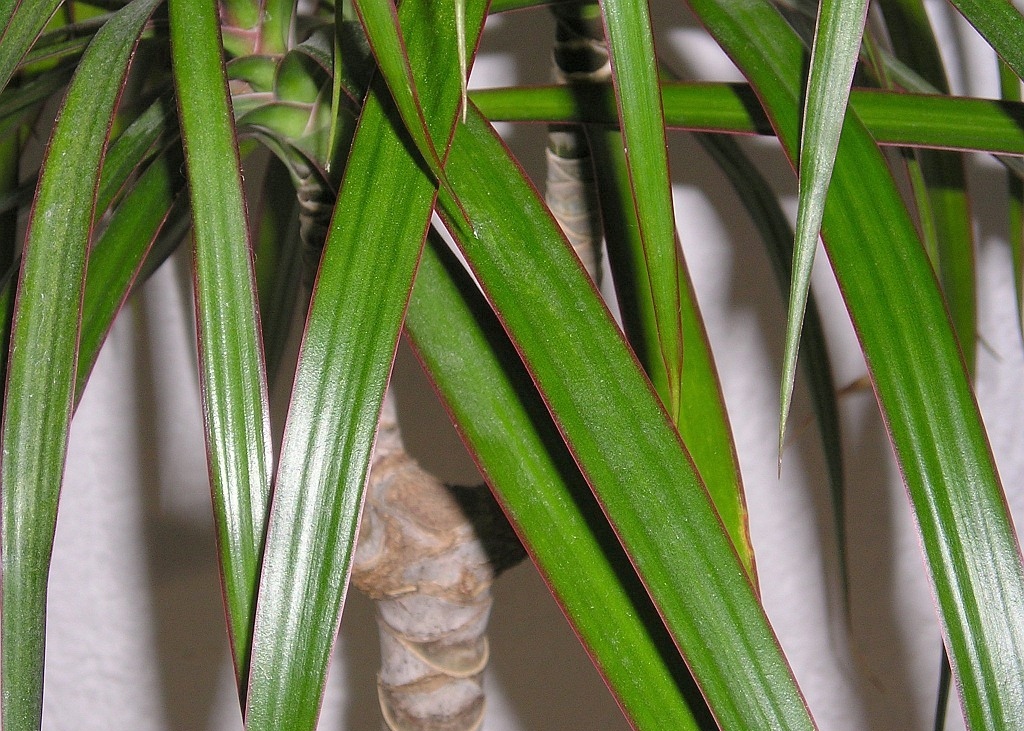
Dracaena are generally low maintenance plants, so you should need to re-pot only once every 2 or 3 years. Allow the surface of the compost to dry out between watering as these plants do not like soggy compost. Dracaena tolerate a range of temperatures but keep above 10 Celsius. Note that the leaves of this plant are toxic to cats and dogs.
Philodendron
This is a large group of climbing or trailing plants and several species have become established as popular houseplants. The handsome leaves of these stylish houseplants will scorch in direct sunlight, so keep them in semi-shaded positions for best results.
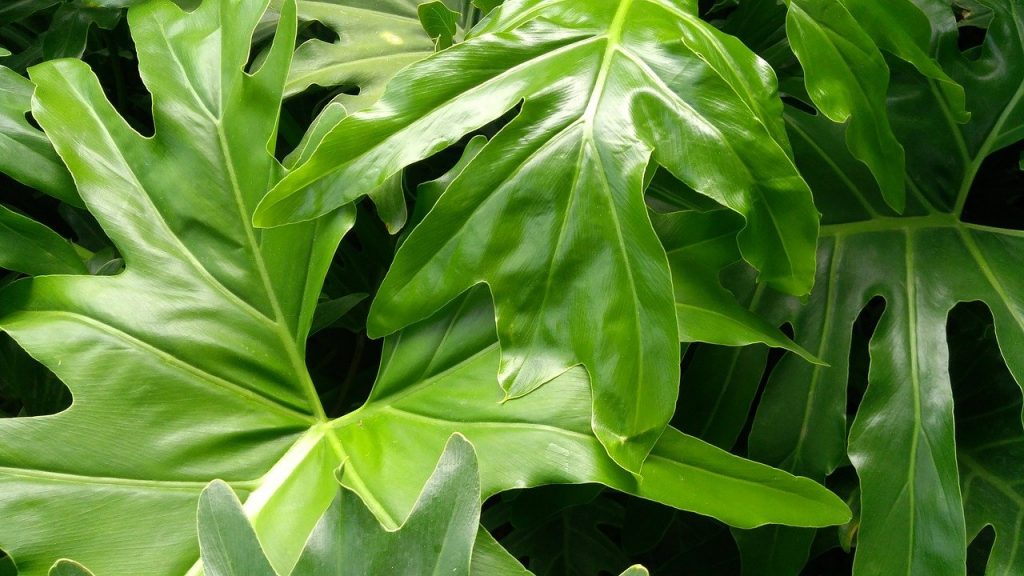
Philodendron will tolerate low light conditions but growth will be slow, and you should reduce the amount of watering in such locations to avoid the risk of root rot. Philodendron do not have any specific temperature requirements but ensure you keep them above 10 Celsius. Keep away from pets and young children.
Chinese Evergreen – Aglaonema
This attractive, undemanding houseplant does require a little more light than some plants on this list, so don’t be unkind and banish it to the darkest corners! A situation where it receives filtered light, or bright indirect light, is ideal.
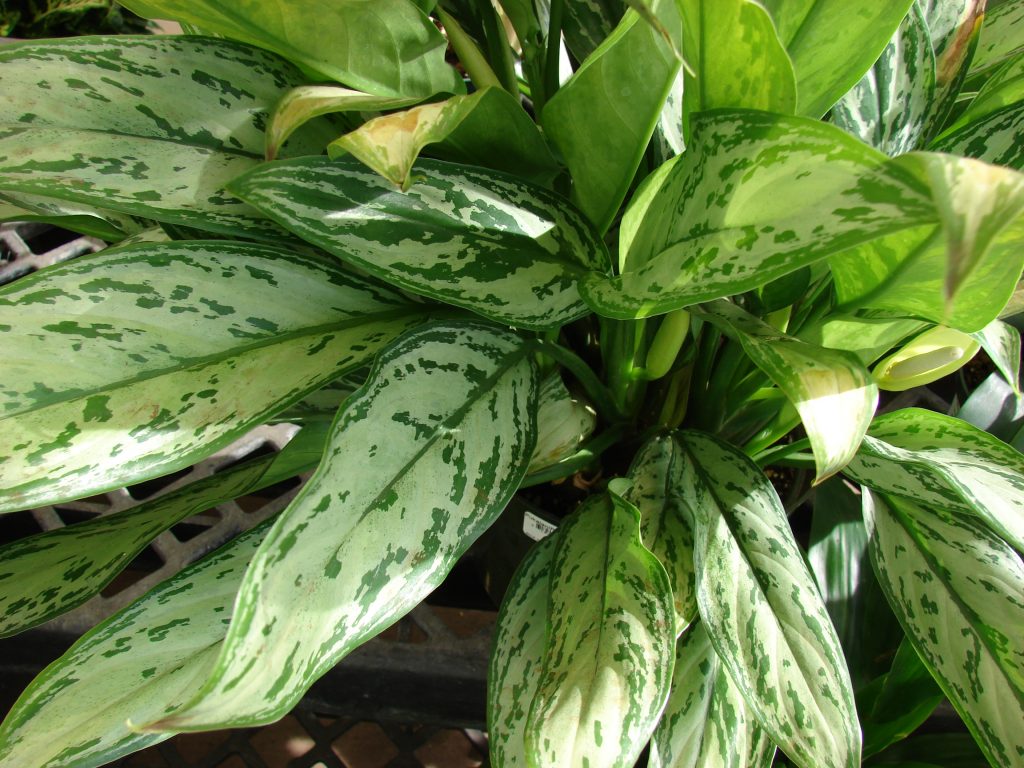
Keep the temperature above 16 Celsius and avoid draughts and this tropic foliage plant will be perfectly happy. If you can spray or mist the foliage regularly to increase humidity, that’s even better. The growth rate is slow to moderate, so this beauty is not going to rampage out of control.
Prayer Plant – Maranta leuconeura
Maranta are tropical foliage plants, admired for the attractive markings on their leaves which have the intriguing habit of curling up at night and then unfurling again in the morning.
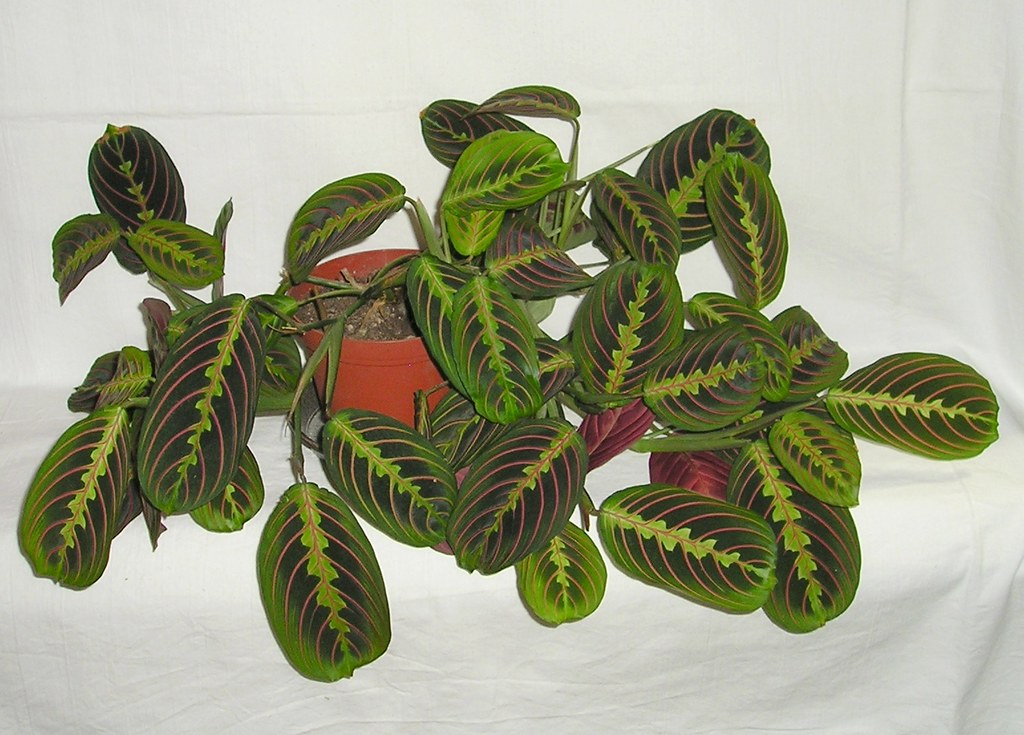
If you think of their home being a steamy jungle, you’ll understand why these houseplants enjoy warm temperatures and low light conditions. Prayer plants also grow well in bright situations out of direct sunlight. Mist the foliage, or pace the pot above a tray of damp gravel, to increase humidity for best results.
ZZ Plant – Zamioculcas zamiifolia
Wow. When you take a look at the Latin name for this plant, you understand why everyone just calls it the ZZ Plant!
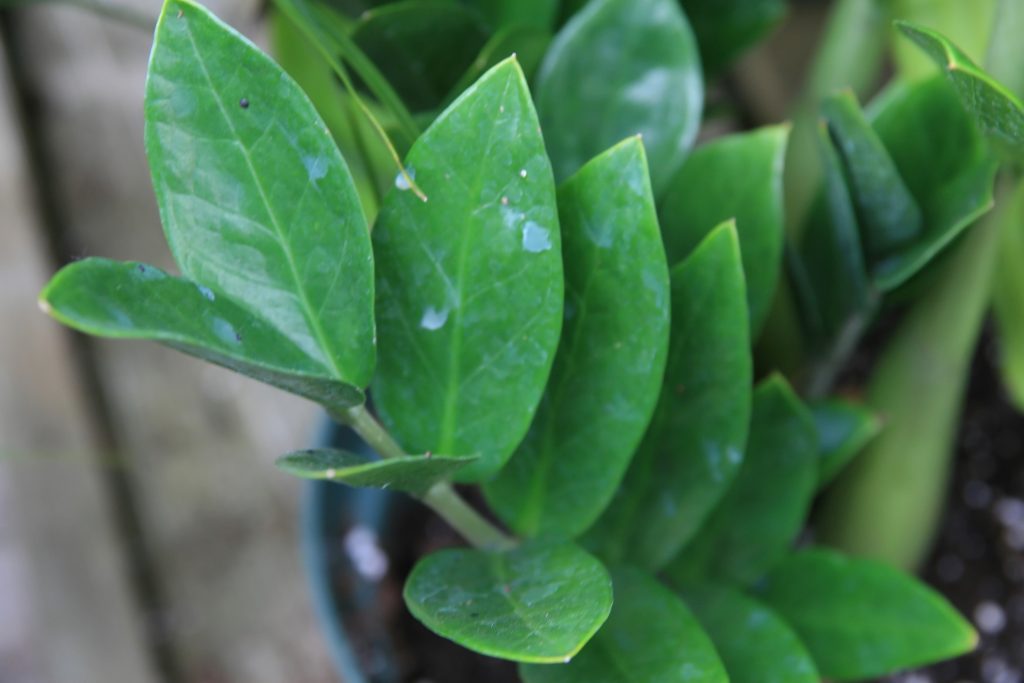
This is a really distinctive plant, with its rigid upright thrusting branches and glossy foliage. Although this plant tolerates low light conditions, growth will be slower than it would be in brighter conditions. Similarly, if you want your plant to grow faster make sure you provide it with warmer room temperatures.
The ZZ Plant produces fleshy roots and does not like to be overwatered. Mature plants can be divided if they become pot-bound. All parts of the plant are toxic to humans and pets, and may cause skin irritation.
Pothos
These attractive foliage houseplants like to scramble and ramble, producing stems several feet in length. Also know an Devil’s Ivy, these plants produce glossy foliage which have the advantage of possessing air-purifying qualities. Readily available in garden centres or online such as Amazon, they are easy to care for and reliable performers.
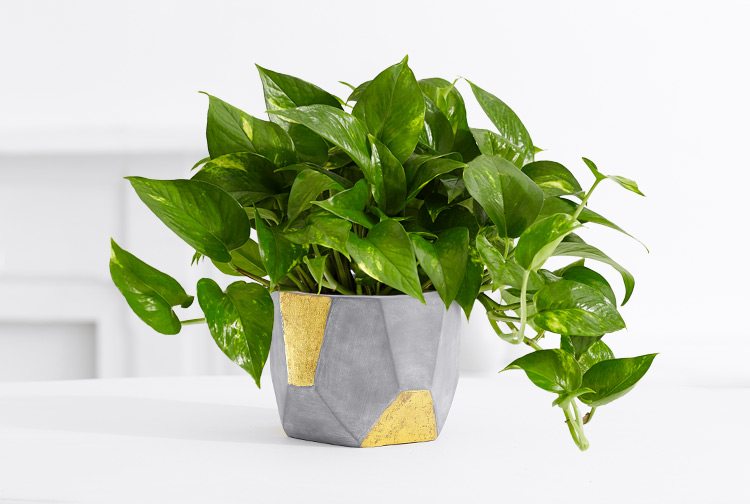
Pothos will thrive in low light to bright, indirect light – but if you are growing the variegated forms in low light conditions, the plant will tend to produce all-green leaves as it tries to compensate for the lack of chlorophyll in the pigmented areas.
This is a great plant if you want to bring something of the jungle to your living space, and it will tolerate normal room temperatures. Avoid over-watering, and take care as the plant is mildly toxic.
Ivy – Hedera
There are plenty of people who would curse the mere mention of ivy due to its invasive habit in gardens and the damage it can do to timber and brickwork. However, there are a number of ivies that behave very respectably in pots and containers indoors.
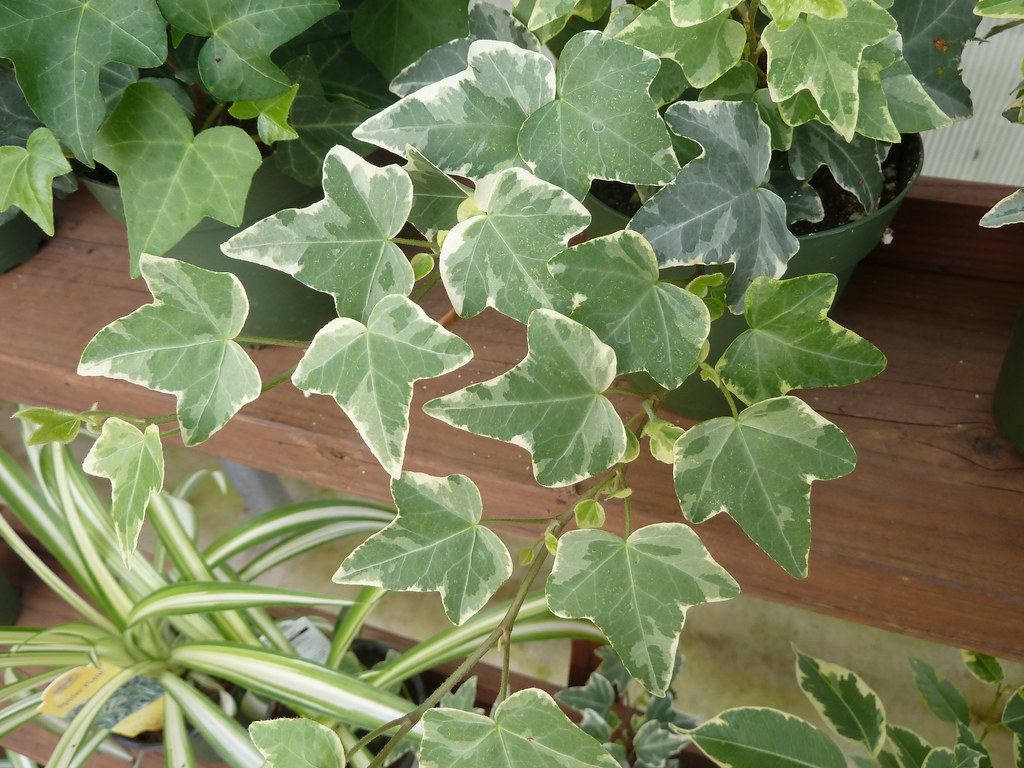
Ivy can be grown as a climber or as a hanging plant, and can even be grown over frames and clipped into topiary arrangements. Once established, ivies are pretty tough characters and will tolerate low light and lack of attention. Variegated forms need a little more light than dark green forms.
Lucky Bamboo – Dracaena sanderiana
Whether or not this plant is lucky, it certainly isn’t a bamboo! Although the stems may resemble bamboo canes, this plant is not a member of the true bamboo family – it is instead a member of the genus Dracaena, part of the asparagus family.
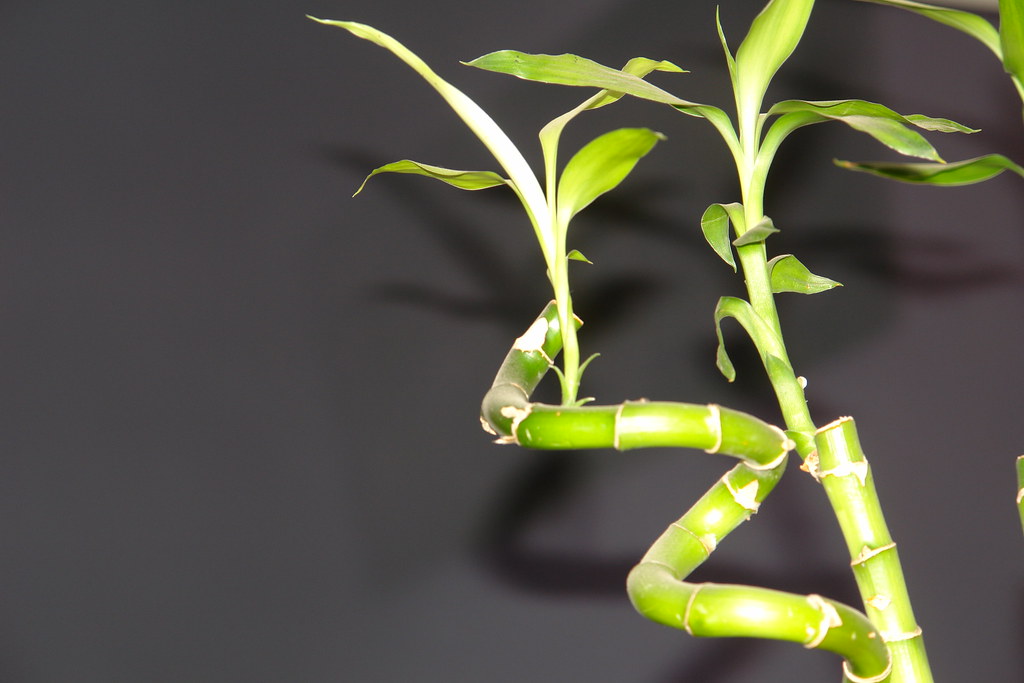
This plant prefers indirect light rather than total shade but will grow happily in normal room temperatures. Lucky Bamboo may be grown either in soil or hydroponics, and is often sold growing in water in glass bowls or vases; it is a common Feng Shui plant.
The plant is sensitive to the salts in tap water, so use rainwater or distilled water to prevent leaf discolouration.
Begonia
Just to avoid any confusion, I’m talking about the decorative leaf Begonias grown indoors rather than the small summer bedding plants that are popular in outdoor planting displays.
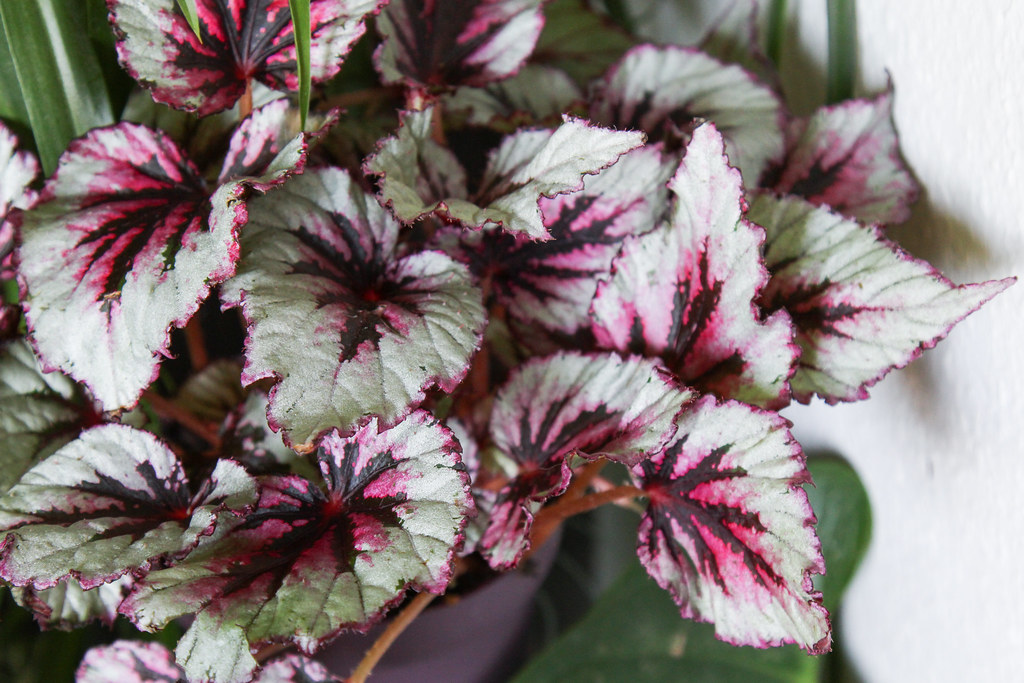
The Begonias most frequently grown as houseplants are Begonia rex and Begonia metallica. These plants have bold leaves and striking markings, often given the appearance of a marbled pattern. Begonia rex cultivars are sometimes known as painted-leaf Begonias or fancy-leaf Begonias due to the strikingly beautiful leaf colouring that they possess.
There are various types of Begonia including tuberous, fibrous-rooted, and rhizomatous. Fibrous-rooted and rhizome-forming Begonias are the best type for indoor cultivation; avoid the tuberous Begonias.
The secrets to successful Begonia cultivation are avoid over-watering, keep the crown and foliage dry, and improve humidity by placing the pots above a tray filled with damp gravel. Since these Begonias are grown for their foliage and not their blooms, they tolerate lower light levels than other Begonias and they also perform very well under artificial lighting.
Spider Plant – Chlorophytum comosum
This plant probably needs no introduction and it ranks as one of the toughest and easiest houseplants that you can grow. This reputation led to it falling out of favour for many years as it was regarded as something of a weed; certainly, I remember as a child wandering around jumble sales and ‘flea markets’ and there would ALWAYS be a group of spider plants (often inserted in chipped souvenir cups or bowls).

Spider plants tolerate a wide range of conditions and grow well in multipurpose houseplant compost or a soil-based compost like John Innes. Take care not to overwater as they can be prone to root rot if the compost remains soggy. Spider plants thrive in pot-bound conditions so do not re-pot until the fleshy roots are clearly visible above the compost or protruding from the base of pot.
Final thoughts
Whichever plants you decide to grow in low light conditions in your home, remember that all plants still require some light. The plants listed above will tolerate low light conditions better than most, but no plant will thrive longterm in really deep shade.
Don’t forget to take into account other factors such as temperature, humidity or type of compost: it’s no good having a plant that tolerates low light conditions if you kill it by over-watering.
Don’t be afraid to experiment. If one plant doesn’t perform as well as you hoped, move it to another position and try again. Indoor gardening should be about experimentation, having fun and the joy of the unexpected!